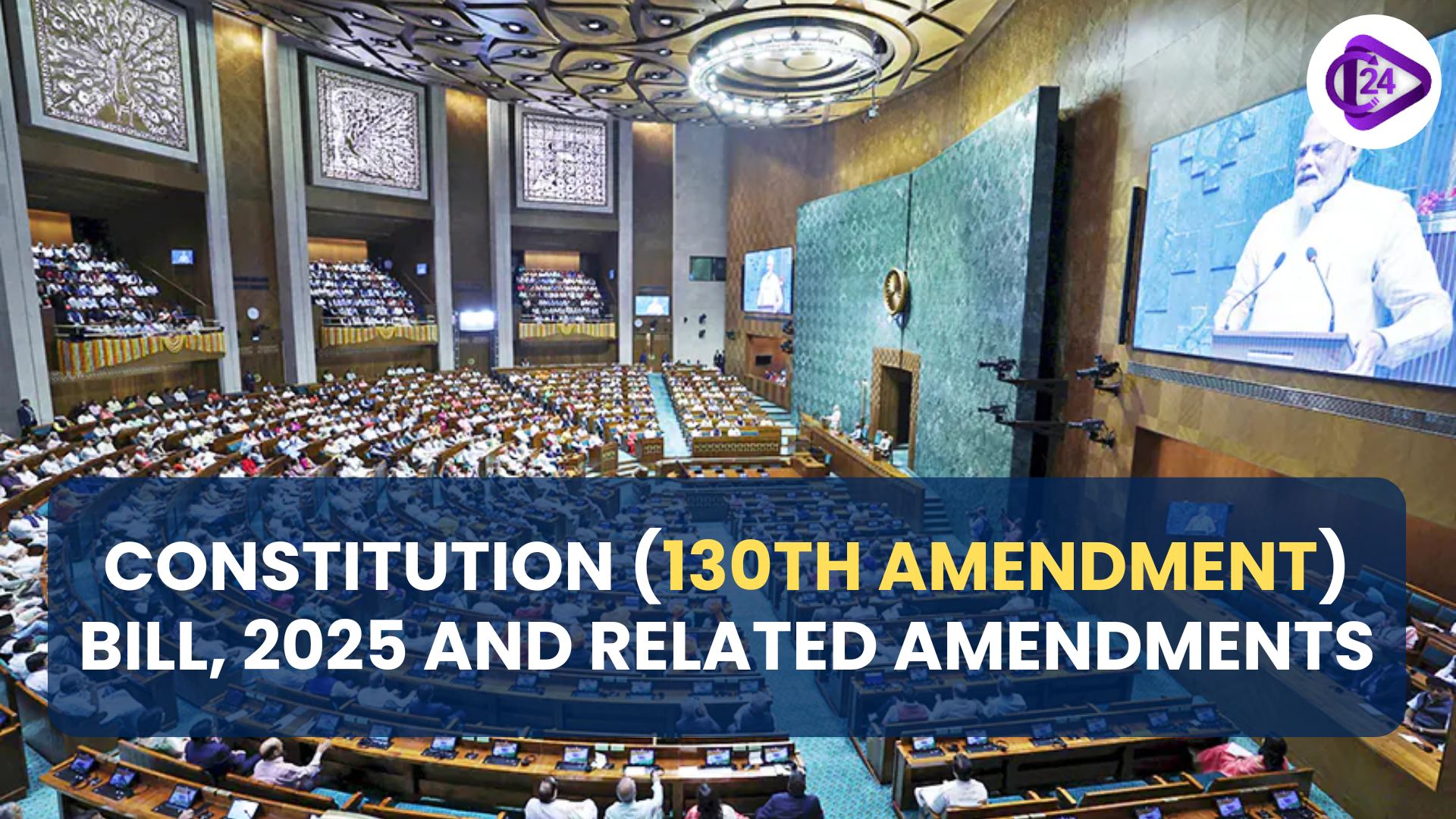
Chief Minister of Assam, Himanta Biswa Sarma has declared that his government will use the Immigrants (Expulsion from Assam) Act, 1950 to deal with the problem of illegal immigration, especially by Bangladeshis. The legislation paves the way to expel illegal migrants directly without the court intervention. The initiative is meant to address rising anxiety over the problem of illegal immigration and is perceived as one of the reactions to decades of debates and movements regarding ethnic identity and migration in the state. This law had been revived as the Supreme Court of India upheld its validity again in October 2024.
Assam intends to use the Immigrants (Expulsion from Assam) Act of 1950 to deport illegal migrants without court hearings, especially the Bangladesh migrants. This law is meant to correct the long standing problem of illegal immigration and it is backed up by the recent Supreme court decisions.
Key Details Regarding the Immigrants (Expulsion from Assam) Act, 1950
1. Background of the Act
-
Enacted: Following migration of people and assimilation (post-Partition) of people in East Bengal to Assam, March 1, 1950.
-
Reason for Enactment: fuelled by community violence and socio-political unrest following the Partition of India.
-
Objective: To drive out people who are considered a threat to the greater good or the rights of the Scheduled Tribes in Assam.
2. Powers Granted by the Act
-
Expulsion Orders: District commissioners are empowered to simply make expulsion orders without any judicial process.
-
Applicability: It was created to work in Assam but is applicable throughout India but has been massively overlooked through the years.
3. The Assam Movement
-
Beginnings: In 1979, the Assam Movement was started by the All Assam Students Union (AASU), which was an opposition to illegal migration.
-
Assam Accord of 1985: This accord provided that anybody who entered Assam on or after 24 March 1971 would be considered a foreigner.
4. Legal Developments
-
Supreme Court Ruling: The Supreme Court in October 2024 reiterated the validity of the Section 6A of the Citizenship Act, which made clear that the 1950 Act is still valid.
-
Impact: In its ruling, it was stated that this law could operate together with the Citizenship Act and Foreigners Act and help in the detection and deportation of illegal migrants.
5. Government's Current Stance
-
Chief Minister Sarma's Comments: He accepted the hitherto ignorant situation about the existence of the 1950 Act and pointed out government intentions to employ the law in the future.
-
Implementation Plans: With the authority vested in the Act, the government will move with haste to identify illegal migrants.
6. Implications for Assam and Beyond
-
Ethnic and Political Tensions: The relocation brings up the issues of ethnicity and migration policy in the state of Assam, which has a complicated demographic past.
-
Potential Precedent: The resurrection of the Act could have an impact on other states that have been experiencing the same problem with illegal immigration.
Conclusion
The resurrection of the Immigrants (Expulsion from Assam) Act of 1950 by the Assam government is a major turn of events in the way the state intends to deal with illegal migration. The government intends to speed up the process of identifying and deporting illegal migrants who are mostly Bangladeshis by circumventing the judicial systems. Nevertheless, the practical consequences of such a law will also encourage the recurrent controversies regarding migration, ethnic identity, and national integration. It may create a precedent in other states where people are facing the same dilemma of immigration, but there are still fears that it would affect the social structure of Assam.



 Constitution (130th Amendment) Bill, 2025 and Related Legislations
Constitution (130th Amendment) Bill, 2025 and Related Legislations The Role of Preventive Health Screenings in Achieving a Healthier India
The Role of Preventive Health Screenings in Achieving a Healthier India PM SVANidhi Yojana: Empowering Street Vendors with Financial Inclusion
PM SVANidhi Yojana: Empowering Street Vendors with Financial Inclusion Chhattisgarh Govt. Cuts Thousands of Forest Rights Titles
Chhattisgarh Govt. Cuts Thousands of Forest Rights Titles Ladakh Statehood & Sixth Schedule Demand Intensifies
Ladakh Statehood & Sixth Schedule Demand Intensifies The Need to Protect India’s Linguistic Secularism: Safeguarding Unity in Diversity
The Need to Protect India’s Linguistic Secularism: Safeguarding Unity in Diversity India’s Population Census 2027 to Begin with House Listing Phase in April 2026
India’s Population Census 2027 to Begin with House Listing Phase in April 2026 Empowering Adolescent Girls: NAVYA Vocational Training Initiative Launched in Sonbhadra
Empowering Adolescent Girls: NAVYA Vocational Training Initiative Launched in Sonbhadra Magna Carta: The Blueprint for Democracy, Signed 800 Years Ago
Magna Carta: The Blueprint for Democracy, Signed 800 Years Ago Indian Army Successfully Tests Rudrastra VTOL Drone for Precision Strikes
Indian Army Successfully Tests Rudrastra VTOL Drone for Precision Strikes






